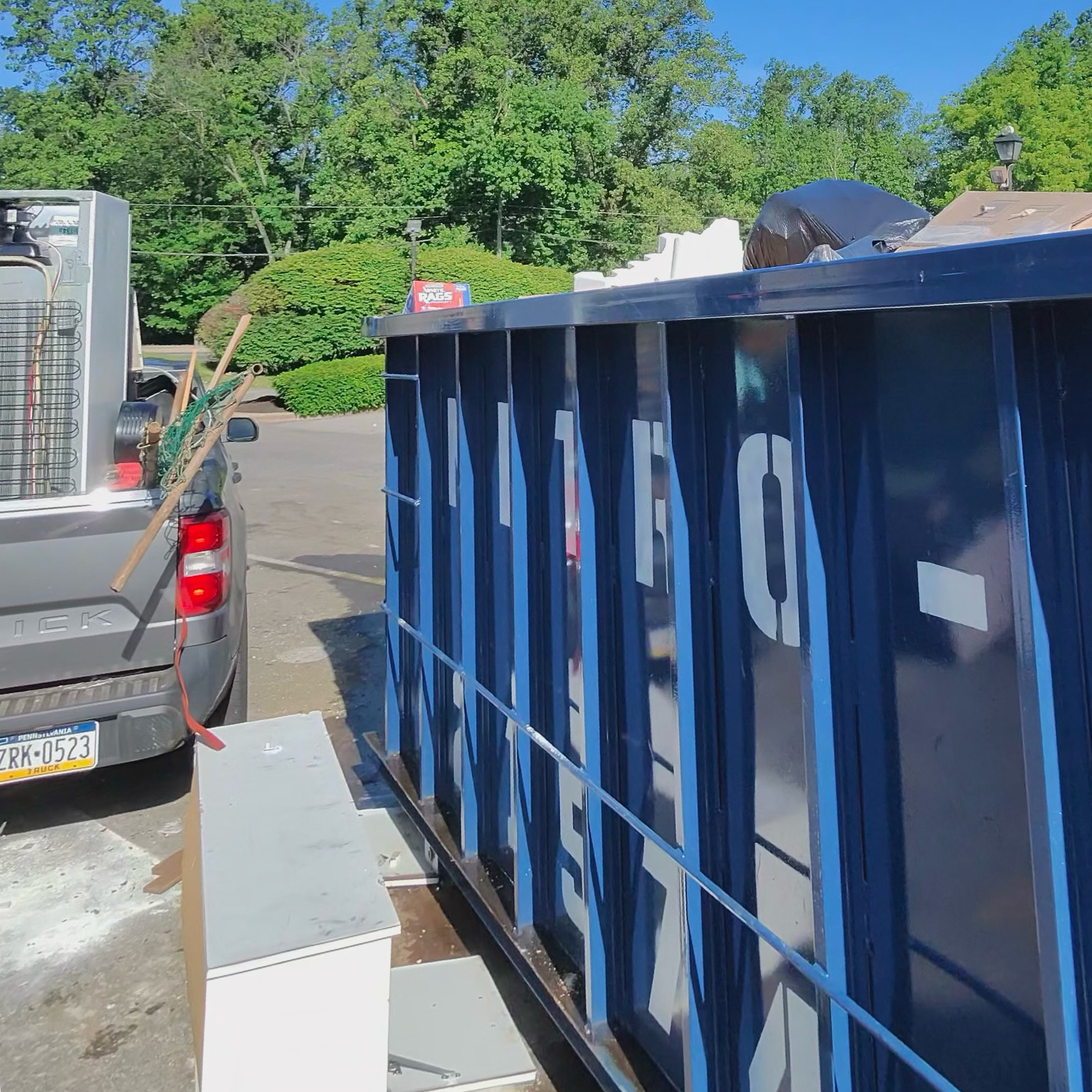This guide will walk you through the safe and efficient process of breaking down an AC unit, ensuring you maximize your profit while strictly adhering to environmental regulations.
Step 1: Safety First! (Non-Negotiable Pre-Dismantling Checklist)
AC units contain refrigerants that are harmful to the environment and illegal to release. Your safety and legal compliance are paramount!
-
UNPLUG IT! This is your absolute top priority. Ensure the unit is completely disconnected from any power source.
-
CRITICAL: REFRIGERANT RECOVERY (EPA 608 CERTIFIED PROFESSIONALS ONLY!)
-
AC units contain refrigerants (CFCs, HCFCs, HFCs), which are ozone-depleting substances and potent greenhouse gases.
-
It is ILLEGAL and DANGEROUS for individuals without EPA 608 certification to cut refrigerant lines or vent refrigerants into the atmosphere.
-
Your Action: Before you begin any major dismantling that could damage the refrigerant lines or compressor, you MUST either:
-
Have a certified HVAC technician "recover" the refrigerant for a fee. Get proof of recovery.
-
Take the entire unit to a scrap yard that is licensed and equipped to handle refrigerant removal (they may charge a fee or pay less for the unit as a "sealed unit").
-
-
The Scrap Master's Rule: Never compromise safety or legal compliance. This step comes BEFORE any cutting or disassembly of lines.
-
-
Clear the Area: Make sure you have ample space to work safely around the unit.
-
Wear Your PPE (Personal Protective Equipment):
-
Heavy-Duty Gloves: Protects from sharp metal edges, especially fins, and grime.
-
Safety Glasses/Goggles: Essential for eye protection.
-
Steel-Toe Boots: Protects your feet from heavy components.
-
Long-Sleeved Shirt & Pants: Prevents scrapes and cuts.
-
Step 2: Gather Your Tools
You'll need a basic set of tools for this job:
-
Socket Set & Wrenches: For bolts and nuts.
-
Screwdrivers: Phillips and Flathead.
-
Pliers: Standard and Needle-nose.
-
Wire Cutters/Strippers: For electrical wiring.
-
Hammer/Pry Bar: For stubborn panels or lifting.
-
Magnet: For metal identification!
-
Buckets/Bins: For sorting your scrap (separate ferrous/non-ferrous!).
-
Gloves for Fins: Thin, flexible gloves for handling the sharp aluminum fins.
Step 3: Dismantling for Value (Focusing on Maximizing Safe Scrap)
Once the refrigerant has been safely recovered by a professional, or you've committed to taking the whole sealed unit to a yard that handles recovery, you can begin.
-
Remove Exterior Casing:
-
Look for screws, usually along the edges or concealed. Remove panels carefully; they can have sharp edges.
-
VALUABLE PART: Mostly painted Steel (ferrous).
-
-
Remove the Compressor:
-
This is the large, black, sealed "can" inside the unit.
-
If refrigerant was not removed by a tech: Cut any mounting bolts/straps to remove the entire sealed compressor unit without cutting any refrigerant lines. Most yards buy these whole for their copper motor inside.
-
If refrigerant was removed: You can then proceed to cut open the compressor and extract the valuable Copper motor windings.
-
VALUABLE PART: The Compressor itself (for its copper motor inside) is a valuable item.
-
-
Extract Condenser & Evaporator Coils (Your Biggest Payout!):
-
These are the large, finned coils inside the unit. The condenser is typically outside (or on the hot side of a window unit), and the evaporator is inside (or on the cold side).
-
VALUABLE PART: These coils consist of Copper tubing (non-magnetic) and thin Aluminum fins (non-magnetic). Carefully cut away the steel frame or plastic housing holding them. You can leave the copper and aluminum together; many yards have a specific price for "Aluminum Copper Radiators/Coils," which is a high-value category.
-
-
Remove Motors & Fans:
-
Look for fan motors that blow air over the coils (often 1-2 per unit).
-
VALUABLE PART: These contain small Copper windings.
-
-
Remove Wiring & Electrical Components:
-
Cut and remove all internal electrical wiring, including the main power cord.
-
Locate and remove any control boards or electronic components from the control panel.
-
VALUABLE PART: All wiring is Copper (non-ferrous, high value!) with insulation. Control boards (e-waste) can be accumulated for specialty buyers.
-
Step 4: Final Cleanup & Sorting
-
Separate Metal Types: Meticulously sort all your metal:
-
Ferrous: Steel outer casing, frames, brackets.
-
Non-Ferrous: Accumulate Copper Motors (Compressors), Aluminum Copper Coils, Insulated Copper Wire.
-
-
Remove Non-Metal Contaminants: Strip off all plastic, foam insulation, and rubber from the metal. AC units have a lot of plastic housing and foam – remove it thoroughly.
-
Properly Dispose of Non-Scrap: Plastic parts, foam insulation, and any components containing refrigerants (if not professionally handled) must be disposed of according to local regulations.
The Scrap Master's Payoff:
By safely dismantling AC units (with proper refrigerant handling!), you unlock significant profit from their concentrated copper and aluminum, turning a common appliance into a lucrative score!
Ready to master safe dismantling techniques for all types of appliances, and learn advanced strategies for maximizing your scrap profits?
Explore our comprehensive courses at The Scrap Masters University and turn your big finds into even bigger payouts!





